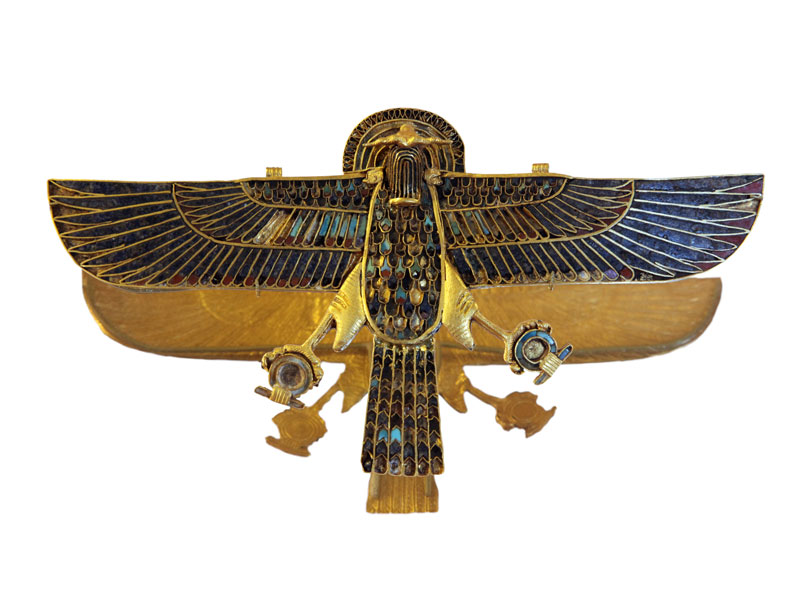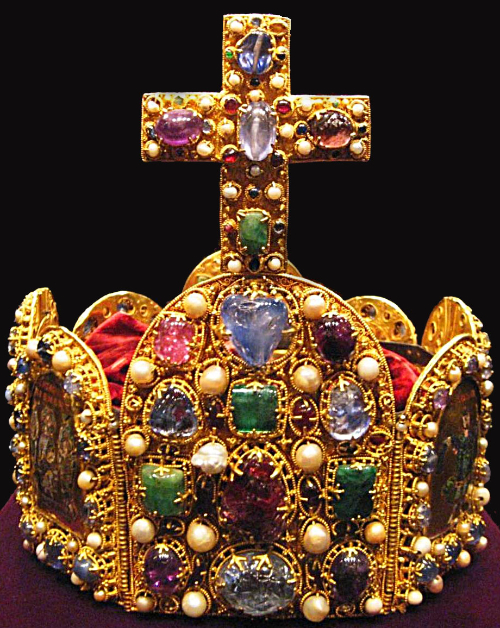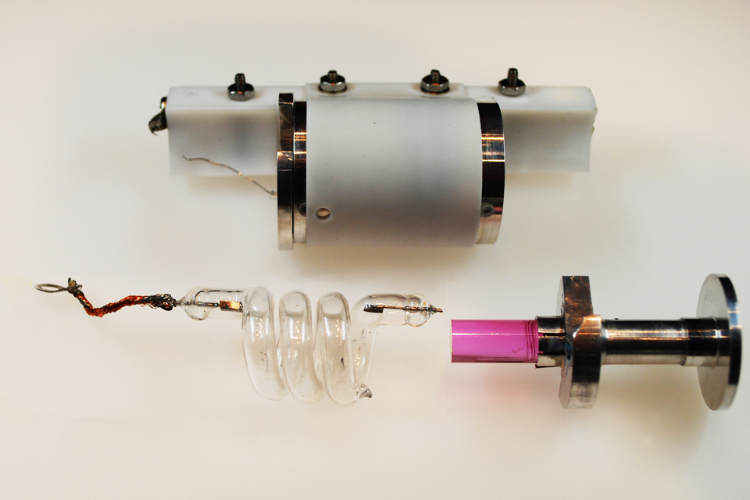Knowledge
16.01.2023 The history of gemstones
Gemstones have existed since time immemorial. Hardly anyone has not been in contact with them. They are used in the cosmetics industry as massage tools and in astrology as protective stones attributed to each planet. Gemstones even appear in medicine. For example, the famous Benedictine Hildegard von Bingen attributed great importance to gemstones and used them for therapeutic purposes.
Learn all about the history of gemstones and their significance for people in different epochs, as well as their significance today.

Gemstone history: Beginning in the Stone Age
The oldest known gemstone jewelry was made by Neanderthals. Archaeological findings in the Cueva de los Aviones cave in southeastern Spain prove this. The shells had small holes in them. Archaeologists discovered that these holes were once studded with red gemstones called hematite. Thus, it is scientifically confirmed that the first pieces of jewelry date back about 15,000 years. However, some of the oldest gemstones found so far are diamonds, which formed about 4.4 million years ago.
Gemstones used in the Stone Age were easy to find and work with. Therefore, amber was the most common gemstone of the time. This fossilized resin can be easily shaped with simple tools. Other gemstones known in the Stone Age include turquoise, coral, lapis lazuli, and malachite.


Gems in the ancient world

Egypt
The ancient Egyptians, known as one of the most advanced civilizations of that time, developed craft techniques early on that are still used today. These include engraving, chasing, and driving, as well as gilding and silvering. Thanks to these unique metalworking techniques, the Egyptians were able to create entirely new types of jewelry. They imported stones such as lapis lazuli, turquoise, and carnelian from countries like Afghanistan and Turkey early on to use in jewelry. They gave these jewelry pieces to high-ranking individuals as burial gifts so they could enjoy an abundant afterlife. To meet the high demand for jewelry as funerary offerings, the first blast furnaces were built during this period.
Greece
Known as the cradle of European jewelry culture, initially, there were severe restrictions on jewelry production. This was due to a shortage of gold and other precious metals. Jewelry production did not experience an upswing until Alexander the Great’s victory over the Persian king Darius brought huge quantities of gold to Greece. The majority of surviving goldsmith work dates from this period. Jewelry that was formerly made purely for burials was now made for the wealthy. Striking pieces of jewelry from this era include elaborate diadems decorated with pearls and precious stones.
Rome
At the beginning of the Roman Empire, jewelry, and thus gemstones, played a minor role. Pearls were used as a means of payment, but jewelry-making was not pursued. This changed abruptly when Constantine the Great made Christianity the state religion of the Roman Empire. From then on, necklaces played a significant role. Crosses were especially popular. They were often opulently set with precious stones. Popular gemstones at that time included opals, emeralds, sapphires, and rubies.

Gemstones in the Middle Ages
Unlike in antiquity, precious stones in the Middle Ages served on the one hand to demonstrate status. The more gems someone possessed, the more powerful he was. On the other hand, gemstones were also popularly collected because of the magical abilities attributed to them.
Unique in Europe are the gemstone walls that Emperor Charles IV had built for the Wenceslas Chapel in St. Vitus Cathedral in Prague and at Karlštejn Castle. These were to represent the reflection of paradise and thus demonstrate his power. Gemstones used were: Amethysts, chrysoprase, agates, jasper and onyx, all stones that were mostly found in northern Bohemia (a region in the Czech Republic).
Medieval people also believed that the magical properties of gemstones could be enhanced by inscriptions. Numerous rings from this period have been found bearing just such inscriptions. For example, one of these inscriptions in a 14th century ruby ring, augurs good luck to its wearer. Another, the inventory list of the Duke of Burgundy’s treasury from 1455, states that it was supposed to make childbirth easier for women. Some stones were also said to have the ability to detect poison.


Modern era: Precious stones today

Even today, gemstones are processed for use in jewelry. However, the industry has also discovered their value. Diamonds, for example, are considered the hardest material in the world and are used in the grinding industry to grind steel and stone. Rubies were used in the first lasers built in the early 1960s. These lasers are no longer important, though, as they are not very efficient. Ruby lasers are still used in dermatology, though, because they produce good results in treating pigment spots and removing tattoos.


